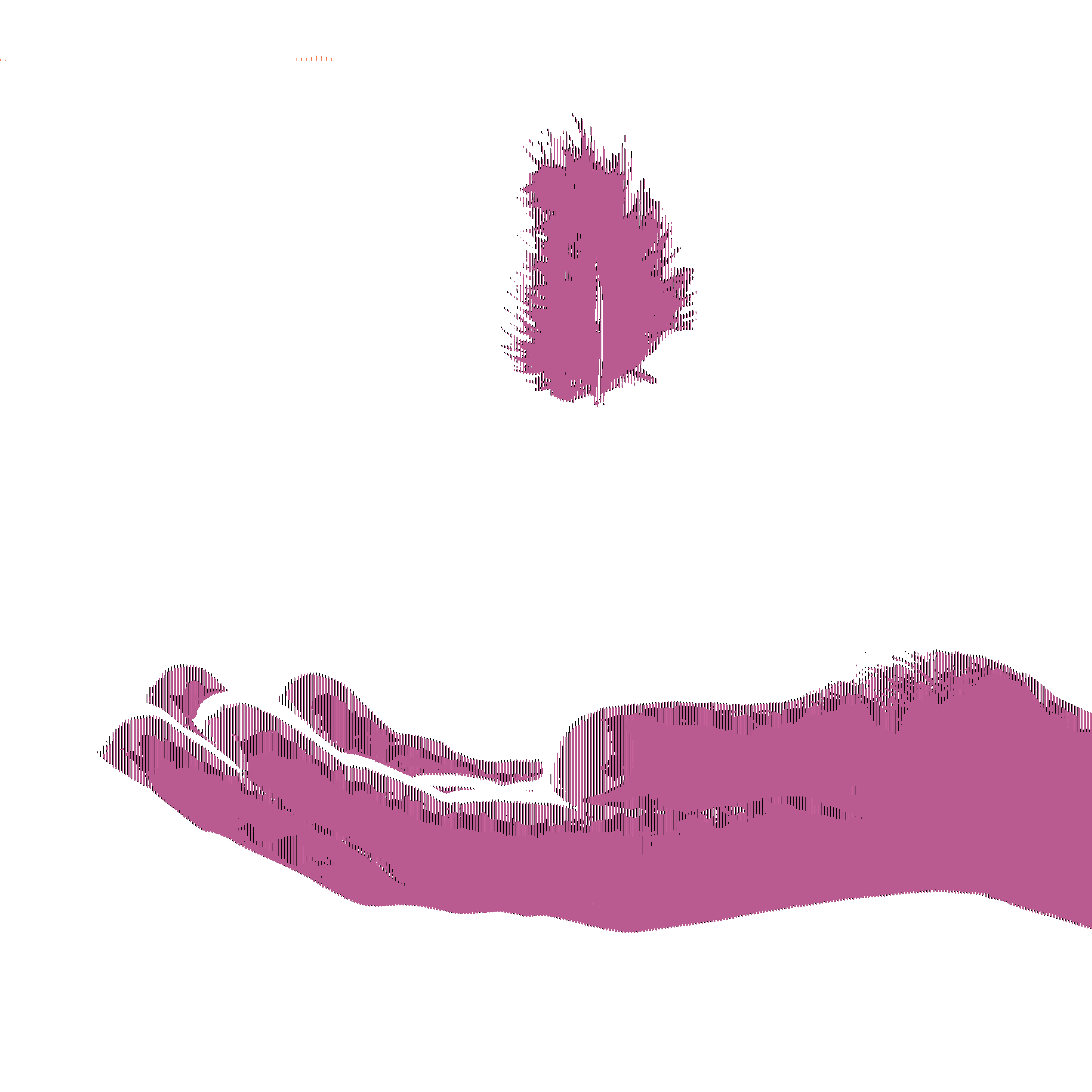David Morse, for the Pulitzer Center
Our charter flight out of Juba was delayed by a day, as it could not take off from Malekal owing to muddy airstrip. (Appropriately, by temporary e-mail address is [email protected]) We did make it out Sunday morning, though, in time to settle in at the International Rescue Committee guest quarters where we were delighted to find actual beds, privacy (one to a room) and flush toilets - our first experience with these luxuries in the month we've been traveling.
Kakuma is a warren of mud huts topped with corrugated metal.
How is it different from when our three guys lived here?
More bicycles, more trees. It was far more desolate back in 1992, when Gabriel Bol Deng and Samuel Garang Mayuol arrived at the site and built their mud hut, using sticks, plastic sheeting and an inferior version of thatching supplied by the United Nations High Commission on Refugees (UNHCR). Yesterday we visited the hut, now only a lump pile of clay with some vertical sticks protruding. They had rebuilt it two or three times during the nine years they lived here. Nine years! It's really hard to imagine life in Kakuma for nine years in that little hut!
And yet they got an education. Bol credits his schooling at Kakuma for his later academic success at LeMoyne College in Syracuse, from which he was graduated last month with an award for outstanding teaching. It is a strange and haunting irony that the violence that shattered his life when his village in Bahr-el-Ghazel was attacked and propelled him on foot to Ethiopia was also his entire into education and a leadership role.
Yesterday's excursion through Kakuma exposed a street life that I had no inkling of when I visited here in December 2005. Kakuma is a warren of footpaths lined with barriers created from thorns to prevent easy cross-traffic through the small compounds and huts in which refugees live. But there are also markets: stalls created out of corrugated metal and plywood where shopkeepers parlay a few hundred Kenyan shillings into something like a living. It is a hard-scrabble existence, but they ply various trades: shoe repair, radio and appliance repair, barbershops, bicycle repair, and restaurants.
Kakuma is shrinking, as refugees leave. Circumstances are political sensitive. Officially, UNHCR's position is one of neutrality, neither encouraging them to leave or stay. Often women and children stay behind while the man goes back to Sudan and other countries of origin to check things out. Violence plays a role here in the camp, as well as at home. The local Turkana people sometimes attack the refugees, usually at night. In fact the ruins of Garang's and Bol's hut was the scene of a murder a year or so ago.
Some Sudanese refugees opt to stay in Kakuma for now, out of uncertainty about conditions in their home villages, and the uncertainty that hangs over the Comprehensive Peace Agreement. We will pursue this question further during the coming week.
The four of us ate at an Ethiopian restaurant, a delicious meal. Jen and I also met with some Ethiopian refugees whose status they are protesting. I will leave that for her to describe.
Chris Koor arrives from Nairobi this afternoon, and the three guys will be reunited once again.




